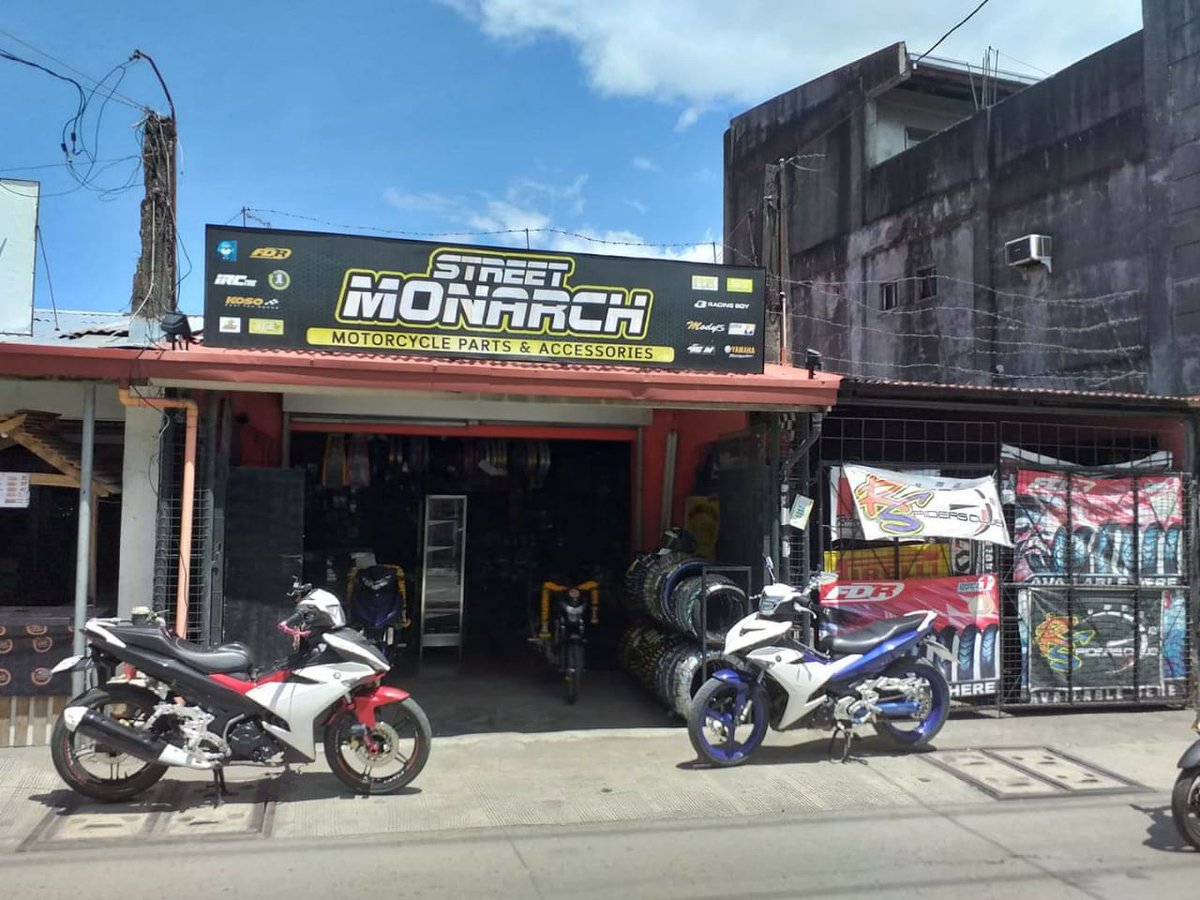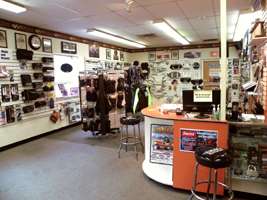Understanding the Essential Parts of a Motorbike: A Comprehensive Guide for Enthusiasts
For motorcycle fanatics wanting to elevate their riding experience and ensure their bikes run efficiently, comprehending the vital components of a motorbike is vital. Each aspect, from the engine's detailed functions to the critical duty of the braking devices, not only impacts performance yet also safety and security and comfort. This guide will walk via the essential parts that every motorcyclist should recognize with, making it possible for educated options in both maintenance and potential upgrades. As we begin this expedition, one must ask: how does each component engage to produce the smooth ride every fanatic looks for?
Engine Parts

The camshaft plays a vital function in managing the timing of the engine's valves, guaranteeing the exact opening and closing essential for efficient gas and air intake, as well as exhaust expulsion. This timing is important to maintaining ideal engine performance and efficiency. Furthermore, the carburetor or fuel shot system, depending on the bike model, is accountable for mixing air with gas in the right ratio for burning.
The cooling system, either air or liquid-based, works to keep the engine's temperature within operational limitations, stopping overheating and making sure longevity - motocross gear. Each part, thoroughly made and incorporated, contributes to the seamless operation of the engine, specifying the motorcycle's power outcome and general performance
Transmission System
Indispensable to the motorbike's capability, the transmission system ensures efficient power transfer from the engine to the wheels. This system comprises numerous important parts, consisting of the clutch, transmission, and final drive, each playing an essential role in equating the engine's power right into activity. The clutch, generally run by a hand lever, serves to involve and disengage the engine from the transmission, allowing for smooth equipment adjustments and controlled acceleration.
The transmission, frequently referred to as the transmission proper, consists of a set of equipments that bikers can manually shift via to adjust the bike's speed and torque outcome. These gears are organized in a sequence that makes it possible for the motorbike to accelerate efficiently and preserve optimum engine performance across different rates. The majority of motorcycles make use of a consecutive gearbox, calling for the cyclist to change equipments in an established order.
Braking Devices
While recognizing the transmission system is vital to harnessing a motorcycle's power, equally crucial is the ability to manage and stop that power effectively, which is where braking devices enter into play. Brakes are crucial for security and efficiency, giving the biker with the essential control to browse various surfaces and problems. Commonly, bikes feature 2 sorts of stopping systems: disc brakes and drum brakes.
Disc brakes are much more prevalent in modern-day motorcycles because of their exceptional performance. They include a brake disc, caliper, and pads. When turned on, the caliper squeezes the brake pads versus the spinning disc, transforming kinetic power into warm, consequently slowing down the wheel. This system offers far better warm dissipation, consistent efficiency, and improved quiting power, particularly in damp conditions.
Conversely, drum brakes, though much less common, are still discovered in some bikes. They work by pushing brake shoes against the inner surface area of a drum connected to the wheel. While typically much less efficient in warmth dissipation and quiting power, drum brakes are easier and more affordable.
Comprehending these stopping systems' nuances allows riders to preserve their motorcycles appropriately and appreciate the design that makes certain effective and safe stopping.
Suspension and Guiding
Suspension and guiding systems are essential components that substantially influence a motorbike's handling and ride convenience. The suspension system, containing forks at the front and shock absorbers at the back, absorbs road irregularities, enhancing stability and control. Front forks, inverted or commonly telescopic, compress and rebound to mitigate effects, while back shock absorbers preserve tire call with the roadway, important for traction and security.
Steering, centered around the handlebars, attaches the rider to the motorbike's directional control. The steering head bearings make sure smooth procedure, enabling accurate maneuverability. Proper positioning and maintenance of these bearings are essential for foreseeable guiding feedback and lowering rider fatigue.
The suspension's adjustability is another critical element; preload, damping, and rebound setups allow modification to match different riding problems and designs. This adaptability is important for enhancing efficiency, whether navigating urban streets or tackling tough trails. Technologies like digital suspension systems use real-time changes, enhancing adventure top quality across varied terrains.

Electric Equipments
After ensuring a smooth and regulated experience with reliable suspension and steering systems, interest transforms to the electric systems, an essential facet of contemporary bikes. These systems play a vital role not just in beginning the engine however also in powering different elements that read this boost the functionality and safety of the motorcycle.
At the heart of a motorbike's electrical system is the battery, which stores electrical energy necessary for beginning the engine and powering auxiliary systems - motox parts nz. The alternator look at this website or generator, paired with the rectifier-regulator, guarantees the battery remains charged while the bike functions, transforming mechanical power right into electric power and preserving voltage levels
The ignition system, an additional crucial part, is accountable for firing up the air-fuel combination in the engine's cylinders. Modern bikes typically use a digital ignition system, providing better efficiency and reliability contrasted to traditional systems.
Lighting systems, consisting of fronts lights, tail lights, and indications, are likewise vital, making certain visibility and safety and security for the motorcyclist. Additional digital components such as sensors, control systems, and shows add to sophisticated attributes like gas shot monitoring, anti-lock stopping systems (ABS), and electronic dashboards, better boosting the riding experience.
Final Thought
A thorough understanding of a motorbike's important components, including the engine, transmission system, braking systems, suspension, guiding, and electric systems, is crucial for fanatics aiming to maximize security, comfort, and efficiency. Mastery of these elements permits for notified choices concerning maintenance and upgrades, ultimately enhancing the riding experience. By incorporating this expertise, riders can ensure their motorcycles operate at peak efficiency and integrity, consequently taking full advantage of both pleasure and longevity of their cars.
For motorbike lovers looking to elevate their riding experience and guarantee their bikes run efficiently, recognizing the important components of a bike is vital.Important to the bike's functionality, the transmission system guarantees efficient power transfer from the engine to the wheels.While recognizing the transmission system is key to utilizing a motorbike's power, equally essential is the ability to regulate and quit that power efficiently, which is where braking devices come right into play. Generally, motorbikes feature 2 types of braking systems: disc brakes and drum brakes.
A detailed comprehension of a motorbike's necessary parts, consisting of the engine, transmission system, stopping devices, suspension, guiding, and electrical systems, is vital for fanatics aiming to optimize vintage snowmobile helmet convenience, efficiency, and safety and security.